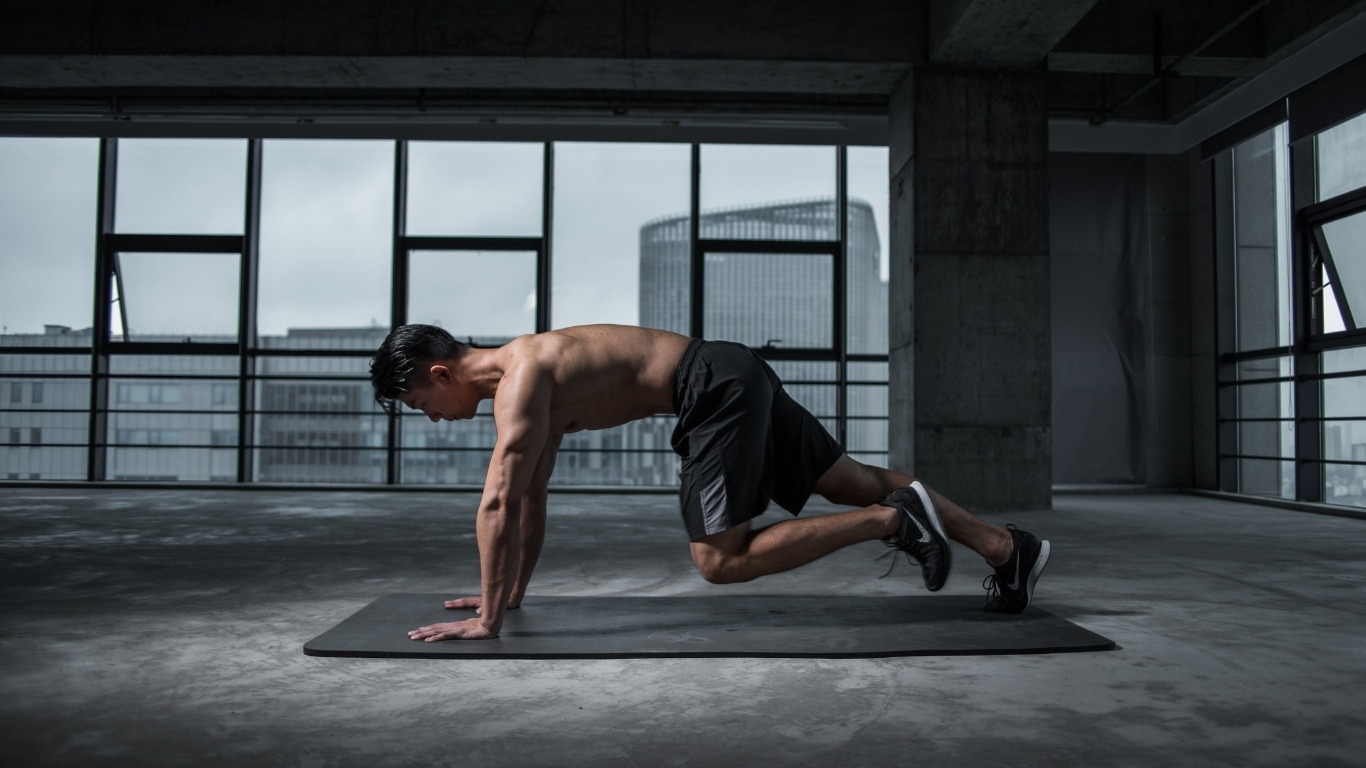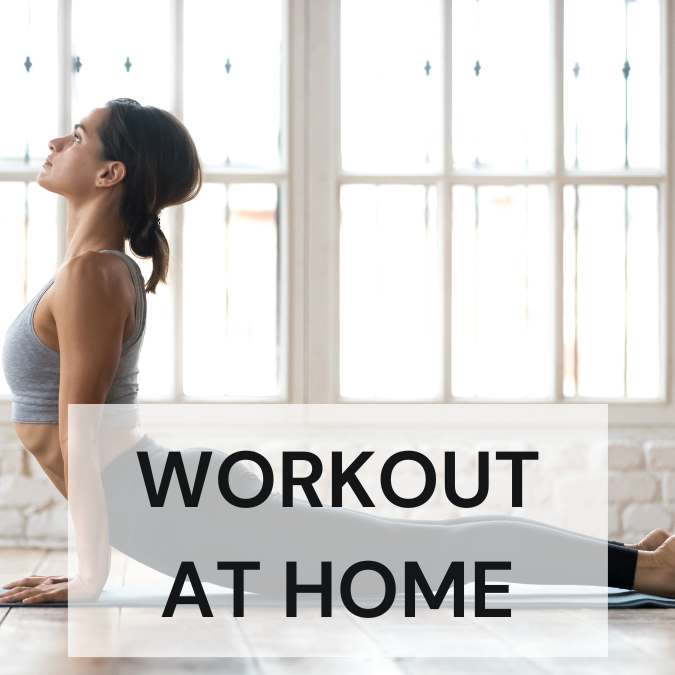The Shift from Short-Term Fixes to Long-Term Wellness
In a world filled with “30-day challenges” and “quick weight loss tips,” it’s easy to feel overwhelmed or pressured by fitness trends. Many people jump into intense workout routines hoping for instant results, only to burn out, lose motivation, or even get injured. The truth is, fitness is not a short-term event—it’s a long-term relationship with your body.
A sustainable fitness routine isn’t about spending hours in the gym or chasing a number on the scale. It’s about finding movement you enjoy, nourishing your body with intention, and showing up consistently, even on the days when motivation is low. And yes—wearing the right activewear and using the right tools can make the journey more enjoyable, more effective, and easier to commit to.
Why Exercise Is Essential for Weight Management
When most people think of weight loss, they think of diet first. While nutrition plays a crucial role, regular physical activity is what helps regulate metabolism, balance hormones, and build lean muscle mass—all key components for healthy, sustainable weight management.
Exercise also affects appetite and food choices. After a good workout, you’re more likely to crave nourishing food instead of junk. Movement also reduces stress levels and improves sleep—two factors often overlooked in weight loss conversations but deeply connected to fat storage, cravings, and emotional eating.
But here’s the key: the best workout is the one you can do consistently. That’s why it’s important to build a plan that fits your life, not someone else’s Instagram routine.
Designing Your Fitness Week: Structure, but Not Strictness
A solid weekly routine blends structure and flexibility. You don’t have to stick to the same workout at the same time every day, but it helps to plan in advance. For example, you might schedule strength training twice a week, cardio twice, and use the remaining days for recovery, stretching, or a short walk.
One powerful method is pairing types of exercise with specific days, such as strength on Mondays and Thursdays, cardio on Wednesdays and Saturdays, and active recovery on Sundays. But if life gets in the way? That’s okay. The key is showing up again tomorrow. Over time, this consistency rewires your brain to crave movement, turning it into a lifestyle, not a chore.
Why Activewear Matters More Than You Think
Some people underestimate the power of proper workout clothing. But what you wear during exercise does more than just make you look good—it directly impacts how you move and how confident you feel while doing it.
Quality activewear is made with materials designed to wick sweat away from the skin, allowing your body to stay cool and dry. It provides flexibility and support, whether you’re stretching in yoga or lifting weights. For women, a high-support sports bra can reduce discomfort during high-impact movements. For men, well-fitted performance tees and moisture-wicking shorts or joggers can prevent irritation and distraction during workouts.
When you put on clothes that are made for movement, your mind shifts. You feel more prepared, more focused, and more capable—even on low-energy days. That psychological shift is part of what keeps people coming back to their routine.
Fitness Gear That Supports Your Goals
You don’t need a fancy gym membership or high-end machines to get fit. Many effective workouts can be done at home or outdoors with a few basic tools.
Resistance bands are incredibly versatile—they take up almost no space and can be used for strength training, stretching, or warm-ups. A yoga mat provides a clean, cushioned surface for bodyweight exercises, core work, or recovery sessions. Dumbbells or kettlebells add variety and challenge to your workouts as you progress. Even a simple jump rope offers a high-intensity cardio session in just 10 minutes.
These tools aren’t just convenient—they also make it easier to stay consistent. When your gear is accessible and easy to use, working out becomes less of a task and more of a habit.
The Role of Nutrition in Your Fitness Routine
Fueling your body goes hand-in-hand with your workouts. Skipping meals or cutting calories too drastically might cause short-term weight loss, but it usually leads to fatigue, poor performance, and even weight regain.
A balanced diet that includes complex carbohydrates, quality protein, healthy fats, and fiber is key to fueling workouts and supporting recovery. Think of food as energy for your muscles and nourishment for your cells. After a workout, a meal or snack rich in protein and healthy carbs helps your body repair and rebuild.
While trendy diets come and go, what never changes is this: your body needs real, nutrient-dense food to perform, recover, and thrive.
Mindset Is the Backbone of Consistency
We often think motivation is what drives people to exercise every day. In reality, even the most disciplined athletes don’t wake up excited to train all the time. What keeps them going is a deeper commitment to their why—whether it’s mental health, long-term energy, or the desire to be a better version of themselves.
Building a positive mindset around fitness means celebrating small wins, forgiving missed days, and remembering that progress doesn’t always show up on a scale. It shows up when your jeans fit better, when you feel more energetic, or when you realize you’ve been more consistent this month than last.
If you struggle with consistency, start small. Even 15 minutes a day of movement makes a difference. And remember, something is always better than nothing.
Don’t Skip Recovery—It’s Part of the Process

Pushing your body every day without rest isn’t healthy—it’s counterproductive. Recovery days allow your muscles to heal, your joints to decompress, and your mind to reset. This is when actual progress happens.
Sleep is one of the most overlooked components of fitness. Without at least 7–9 hours of quality sleep per night, your body struggles to repair tissues, balance hormones, and maintain mental focus. If you’re training hard but sleeping poorly, your results will suffer.
Recovery also includes active practices like foam rolling, light stretching, walking, or restorative yoga. These movements improve circulation and reduce the risk of soreness or injury, so you can come back stronger tomorrow.
Turn Fitness into a Lifestyle, Not a Phase
Creating a fitness routine that supports weight management doesn’t have to mean giving up your favorite foods or training like a professional athlete. It means showing up, choosing movement over comfort (most days), wearing clothes that empower you, and using tools that make your journey easier.
This approach isn’t just about losing weight—it’s about gaining strength, building confidence, and taking control of your health for the long run.
If you’re ready to explore activewear, fitness tools, or supportive gear that aligns with your goals, take a moment to browse what’s out there. Sometimes, the smallest upgrade—like a breathable tee or a good resistance band—is the spark you need to reignite your routine.




